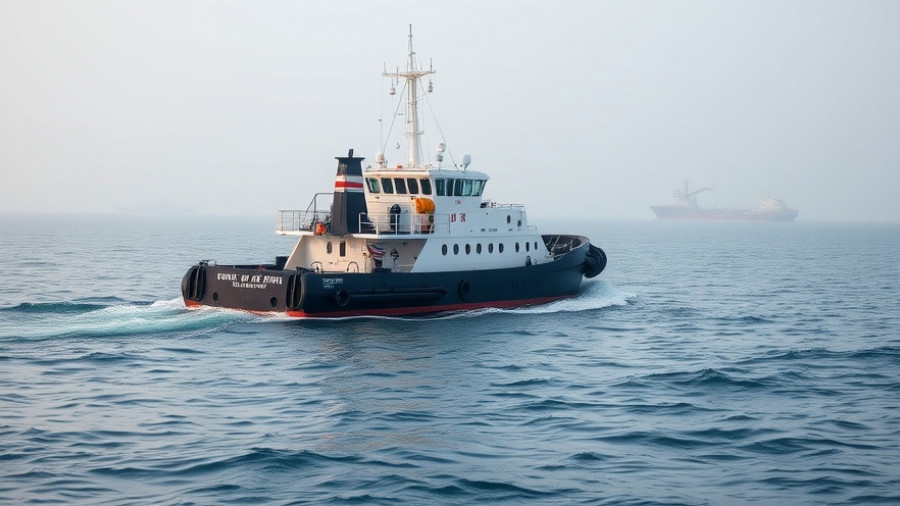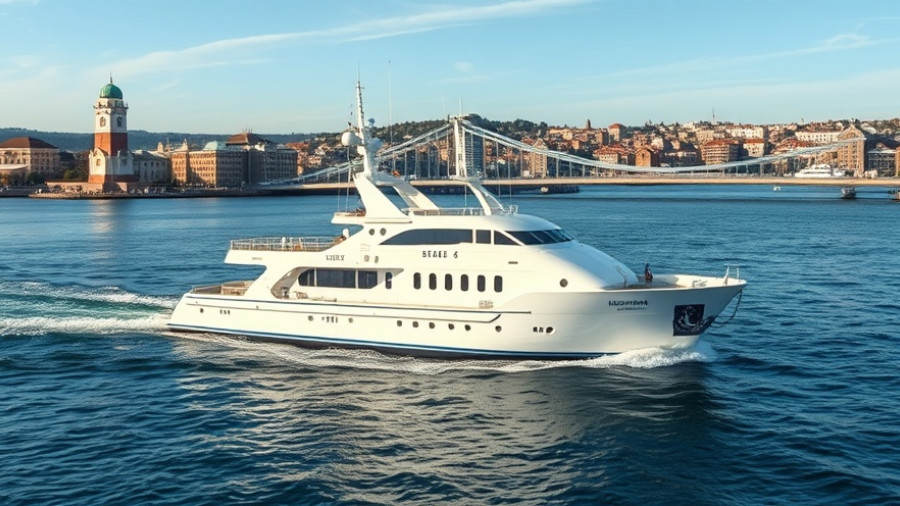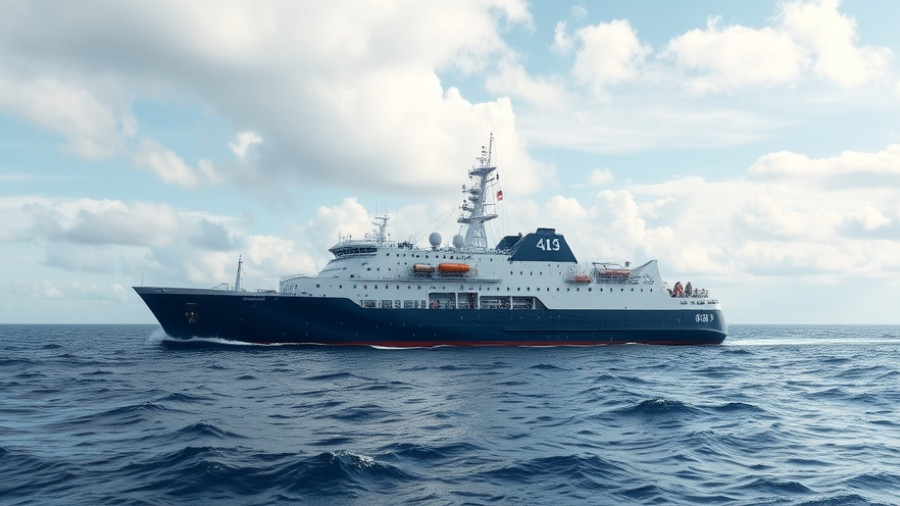
The Rise of Russia's Shadow Fleet: What You Need to Know
In the wake of ongoing Western sanctions against Russia stemming from its invasion of Ukraine, a clandestine "shadow fleet" of oil tankers has emerged, navigating the choppy waters of international law and evading regulations to keep Russian crude exports flowing. This fleet has become increasingly pivotal as countries like China and India are now among the largest consumers of Russian oil, often benefiting from steep discounts.
Understanding the Shadow Fleet's Operations
Operating under the radar, the shadow fleet employs a variety of tactics to evade sanctions and monitoring efforts. Ship-to-ship transfers in international waters facilitate these operations, confounding authorities who struggle to track the movement of these vessels. Moreover, many ships are owned by shell companies in jurisdictions like Dubai, which adds layers of anonymity that further complicate accountability.
Many of these aging tankers lack the proper insurance or safety certifications typical for ocean-going commercial vessels, raising concerns about both environmental risks and maintenance issues. Experts report that the fleet predominantly features outdated ships, often relying on non-Western insurers or even fake coverage. This not only poses significant safety hazards but also creates potential environmental catastrophe risks.
Geopolitical Implications: Fueling Conflict
As Russia continues to leverage its oil wealth to fund its war in Ukraine, the implications of this shadow fleet extend beyond economics. The U.S., alongside its allies, has imposed multiple rounds of sanctions targeting the vessels involved in these operations. In December, a coalition of Western countries, including the U.K. and several Nordic nations, came together to disrupt this shadow fleet as part of a broader strategy to safeguard critical infrastructure in the Baltic Sea.
However, ongoing investigations highlight how challenging it can be to track and contain these vessels. Many operations fall outside the purview of traditional maritime oversight, creating a patchwork of regulations that can be difficult to enforce.
The Role of Emerging Markets
China and India's growing role in the purchasing of Russian crude illustrates a significant shift in the global oil market. These emerging economies leverage the discounted prices available due to sanctions, allowing them to acquire Russian oil well below the Western-imposed price cap of $60 per barrel. This dynamic has ramifications for the global energy market, positioning these nations as not just consumers but also pivotal players in geopolitics.
As a direct consequence of these sanctions, Russia has adapted its export strategies, ensuring a steady flow of revenues despite international pressure. The implications are multifaceted, impacting not only global energy prices but also shaping the geopolitical landscape, wherein emerging nations grow influential in the face of traditional powers.
What Lies Ahead: Predictions and Trends
The resilience of the shadow fleet raises crucial questions about the effectiveness of sanctions as a tool of foreign policy. If current trends continue, we might see a more robust network of alternative supply chains replacing traditional routes. The challenges of enforcing compliance with international regulations against a backdrop of global energy needs could lead to greater volatility in oil prices and increased tensions between nations.
Furthermore, increased maritime risks and environmental concerns affiliated with these unregulated tankers necessitate a reevaluation of current maritime governance frameworks. As countries aim to protect their economic interests while navigating complex geopolitical environments, the developments surrounding Russia’s shadow fleet will remain a critical area of scrutiny.
Conclusion: Staying Informed on Global Energy Dynamics
As we move forward in an era marked by heightened geopolitical tensions and evolving economic dynamics, understanding the implications of Russia's shadow fleet is vital. Observing how countries counter sanctions and navigate the complexities of international law may provide insights into future market trends and geopolitical shifts. Recognizing the interconnected nature of global energy markets is essential—one misstep could trigger cascading effects far beyond Russia and its shadow fleet.
 Add Row
Add Row  Add
Add 




Write A Comment